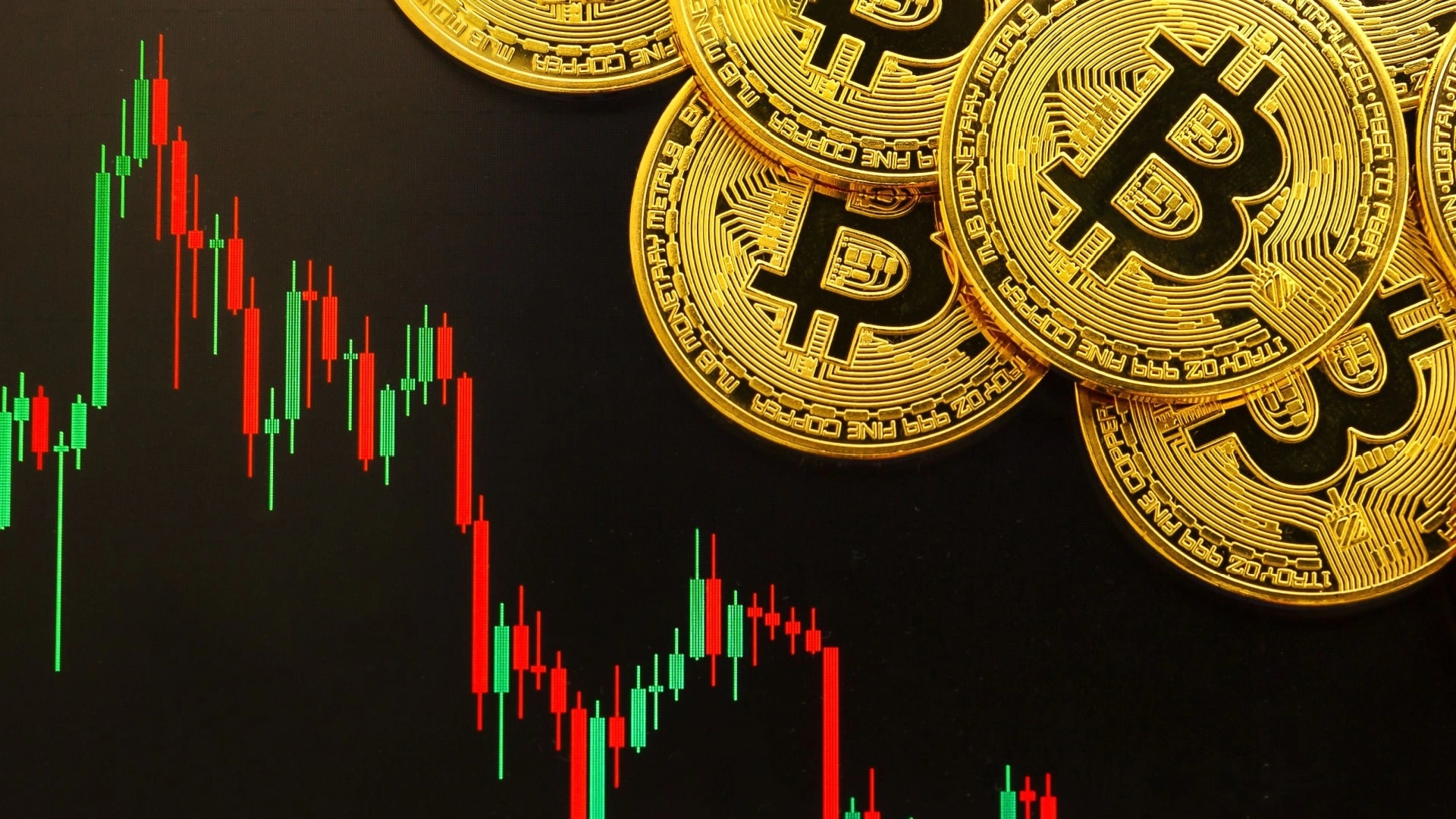Bitcoin Transaction Fees Post-Halving Drop: What You Need to Know
BTC Transaction Fees, which Rising to Record Levels After Bitcoin Halving, Have Been Declining! Here's Why!
Bitcoin's average transaction fee had risen to a record level the day before due to the impact of the network's fourth halving event.
Bitcoin's average transaction fee fell significantly on Sunday after rising to a record high a day earlier, driven by the network's fourth halving event.
Bitcoin Transaction Fees Decline After Reaching Record High
According to YCharts data, the average fee paid per transaction in Bitcoin fell to $34.8 on April 21, a significant drop from the record high of $128.45 observed on the day of the halving.
The average transaction fee gives an idea of the average fee paid in US dollars when processing a Bitcoin transaction through mining.
As data shows, on April 20, total transaction fees on the Bitcoin network rose to $81 million, a significant increase from $7.7 million the day before. However, on April 21, total fees dropped to $22.37 million.
The increase in fees coincided with the launch of Casey Rodarmor's Runes protocol, a new token standard similar to BRC-20s. This launch led to a surge in transaction fees as individuals rushed to create Rune-based memecoins.
Additionally, the block halving on April 20 appears to have originated from the ViaBTC mining pool, which received a base reward of 3.13 BTC ($199,579) along with an additional fee of 37.6256 BTC ($2,399,135) from 3,050 transactions in the block.
While the decline in Bitcoin's average transaction fee offers some relief to users and investors following recent volatility, it highlights the dynamic nature of transaction fees in response to network efficiency and protocol developments.
The highly anticipated Bitcoin Halving took place over the weekend and my miners' rewards were cut in half.
While the rally expectation continues for Bitcoin, which generally rises after the halving according to historical data, a new assessment came from Capriole Investments founder Charles Edwards.
Stating that the last halving represents a seismic change for Bitcoin as a whole at this point, Edwards stated that the cost of electricity after the halving increased to a figure of $ 77,400 for each new BTC mined.
Noting that the $77,400 Bitcoin electricity cost (the “raw” cost of electricity per block) is now higher than the spot price, Edwards claimed that Bitcoin's days below $100,000 are numbered.
“Welcome to a new era.
Bitcoin Electricity Cost is currently a whopping $77.4k. (This is the cost of raw electricity required to power the network per Bitcoin mined.)
This means Bitcoin is trading at a DEEP DISCOUNT.
“Bitcoin's days below $100,000 are numbered.”
Finally, Edwards noted that it is extremely rare for the BTC spot price to trade below the cost of electricity and it does not take long for this situation to correct.
The highly anticipated halving event in the Bitcoin network has ended. So, what developments are expected in the BTC price now?
The Bitcoin network has successfully completed its highly anticipated “halving,” a major software update that occurs every four years. However, this incident dealt a potential blow to companies that make profits by keeping the BTC network running smoothly and securely.
The halving event reduces the amount of Bitcoin distributed from the network to companies, called miners, known as mining rewards, in exchange for verifying transactions. This change went into effect around 03:00 UTC on Saturday, according to data from analytics websites mempool.space and Blockchain.com. After the halving, the Bitcoin price remained relatively stable at $64,000.
Kok Kee Chong, CEO of Singapore-based AsiaNext, a digital asset exchange for institutional investors, commented on the incident. “As expected, the halving was fully priced in, so price movement was limited,” he said, adding: “Now the industry will have to wait and see if a rally can occur in the coming weeks when institutional interest continues.”
However, in the near term, bullish sentiment towards Bitcoin may wane due to macroeconomic impacts. These include the FED's signals that interest rate cuts have been suspended and the ongoing conflicts in the Middle East. Edward Chin, co-founder of Parataxis Capital, shared his thoughts on the subject. “We may experience some decline in the next quarter until there is clarity on the macro front,” Chin said. “In the meantime, the primary driver of price will likely continue to be ETF fund flows.”
Bitcoin’s MVRV Ratio Dips Below Average: An Opportunity for 67% Gains?

- Bitcoin’s potential surge to $75,000 could signal a bullish trend confirmation.
- On-chain data indicates a cooling market sentiment despite profitable Bitcoin supply.
- Historical MVRV Ratio trends suggest a promising buying opportunity for Bitcoin investors.
Bitcoin’s recent surge to $66,000 has ignited speculation among investors about the cryptocurrency’s bottom. With potential gains of up to 67% indicated by the MVRV ratio, eyes are on key price levels. As highlighted by Nebraskangooner, an analyst, a move to $75,000 could signal the bottom is in, but a drop below $58,000 might suggest otherwise.
In parallel, on-chain data shows that 88.8% of Bitcoin supply is profitable, which has eased from earlier highs this year. This trend mirrors conditions observed on February 7, 2024, when Bitcoin traded at $44,000, hinting at a possible cooling in market sentiment, possibly leading to a consolidation phase.
The % of the Bitcoin Supply in Profit is now at 88.8%
This is still elevated but has cooled down since the highs of earlier this year
The last time at this level was February 7th, 2024, when the price was $44K
Let's see if BTC has legs here or if it needs a further cool down pic.twitter.com/ZOBSU9RdDj
— On-Chain College (@OnChainCollege) April 21, 2024
Crypto analyst Ali Martinez highlights an attractive buying opportunity indicated by Bitcoin’s MVRV Ratio. Historical data suggests significant gains for investors when this ratio dips below its 90-day average. Martinez’s analysis points to an average return of 67% during such periods, making this juncture potentially appealing for BTC investments.
Shifting dynamics, notably Bitcoin’s evolving correlation with the Global Liquidity Index, further complicate the market landscape. Martinez emphasizes the need for a liquidity boost before the upcoming US elections to sustain Bitcoin’s upward trajectory, stressing factors beyond technical price indicators.
Despite positive signals, caution is warranted due to the spike in transaction fees paid to Bitcoin miners, partly attributed to the Runes protocol. Moreover, there’s been a notable decline in creating new BTC addresses. These developments underscore the intricate relationship between network utilization and market sentiment.
Currently trading at $66,492.12, analysts and investors closely monitor Bitcoin’s price action and on-chain metrics. Forming a bullish flag pattern on the daily chart adds further intrigue, potentially setting the stage for an upward breakout towards new all-time highs in May, as forecasted by some.
Disclaimer: The information presented in this article is for informational and educational purposes only. The article does not constitute financial advice or advice of any kind. Coin Edition is not responsible for any losses incurred as a result of the utilization of content, products, or services mentioned. Readers are advised to exercise caution before taking any action related to the company.

































